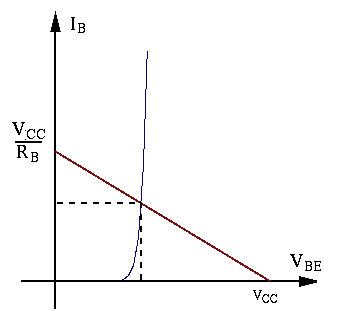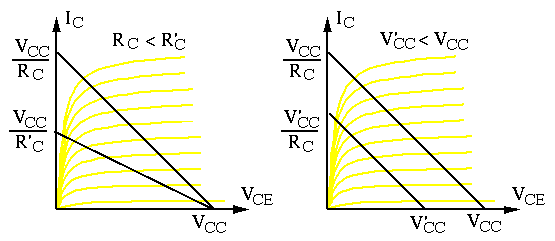Next: AC Signal Amplification Up: ch4 Previous: Bipolar Junction Transistor (BJT)
Previously we only considered the relationship between the voltage and current at both the input and output ports of a transistor in either CB or CE configuration. Now we need to further find these voltages and currents when the transistor is connected to the rest components of a transistor circuit. Specifically, we treat the transistor as the load of a voltage source and a resistor, and find voltage and current at both the input and output ports.
Example: In the CE circuit shown below,






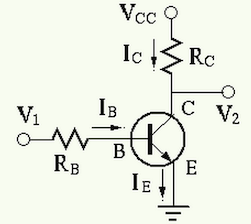
Find output voltage


 ,
,  and
and
 ,
,
 ,
the transistor is the cutoff region.
,
the transistor is the cutoff region.
 . We assume
. We assume
 , and get
, and get
 |
 |
 |
|
 |
 |
 |
|
 |
 |
 |
(21) |
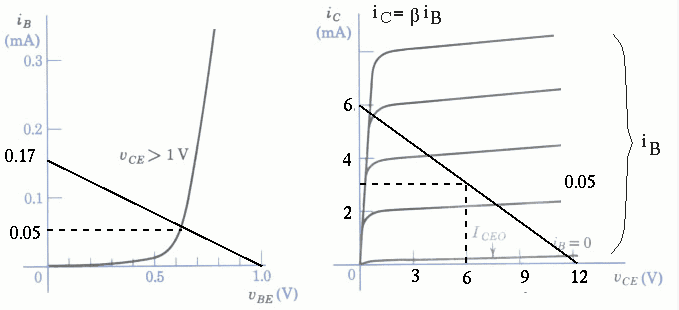
 .
.
 ,
,
 , and
, and
 .
.
This result is unreasonable and incorrect, because 





In general, when analyzing a transistor circuit we can first find





Summarizing the above, we see that the operation of a transistor can be in one of the three possible regions:
When




When





When 










A typical CE circuit is shown in the figure below, where



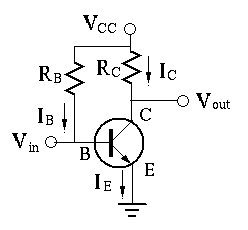
The DC steady-state operating condition of the CE transistor circuit,
in terms of the currents and voltages 



 and
and  and
and  (as a non-ideal voltage soource represented
by the linear load line);
(as a non-ideal voltage soource represented
by the linear load line);
